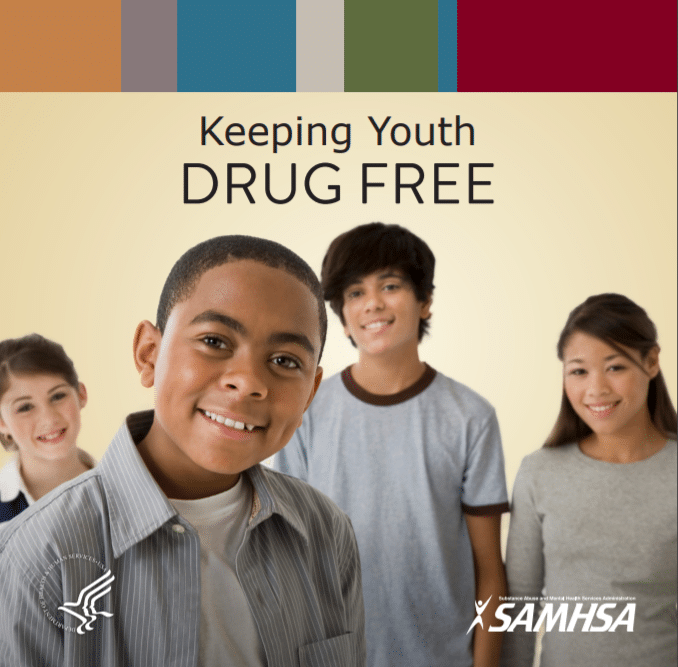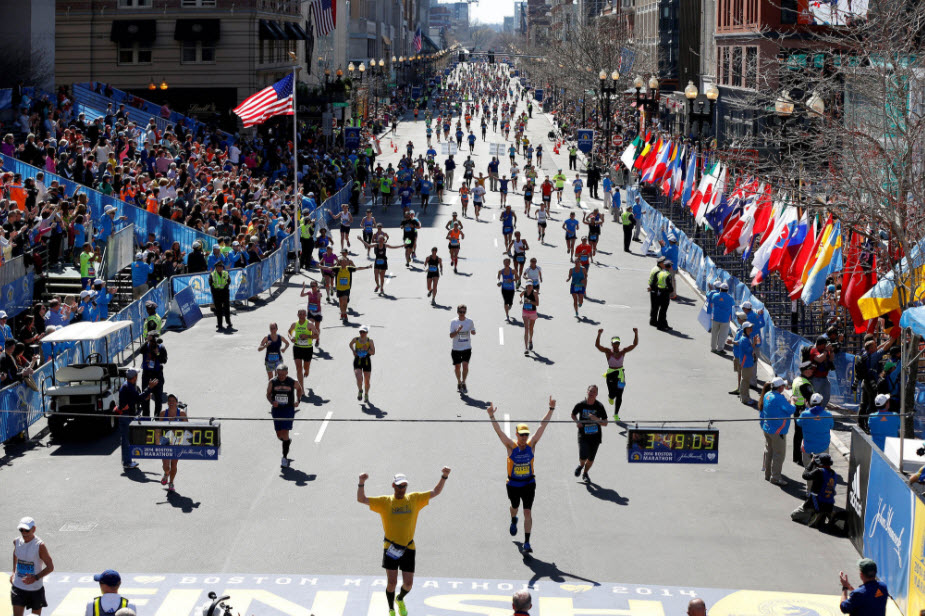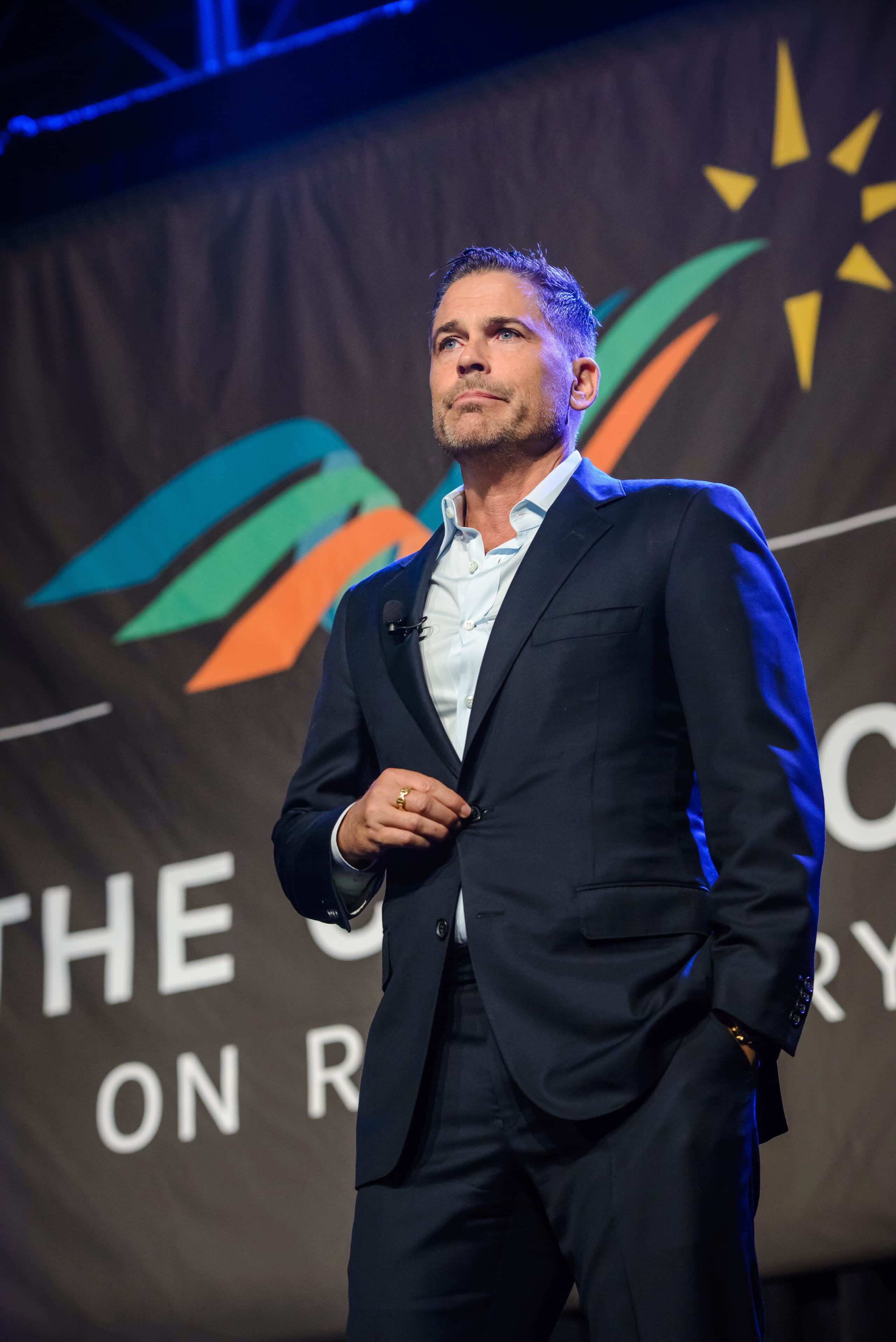 The Substance Abuse and Mental Health Services Administration publishes the Keeping Youth Drug Free resource guide for parents to use to develop communication tips for talking to their child about staying drug-free. Read the complete guide here and visit SAMHSA’s website for additional resources.
The Substance Abuse and Mental Health Services Administration publishes the Keeping Youth Drug Free resource guide for parents to use to develop communication tips for talking to their child about staying drug-free. Read the complete guide here and visit SAMHSA’s website for additional resources.
The Lifelong Quest For Sobriety…The Ultimate Hero’s Journey—Part 18
Guest Blogger and long-time Council friend, Bob W. presents Part 18 of a series dealing with Alcoholism and Addiction from a Mystical, Mythological Perspective, reflecting Bob’s scholarly work as a Ph.D. in mythological studies.
On August 25, 2017 at approximately 10:00PM, Hurricane Harvey slammed ashore at Rockport, Texas, with sustaining winds of 130mph. Over the next 4-5 days, it moved inland about 50 miles, then turned back out to the Gulf, meandered just offshore Houston and Bay City and finally came ashore again at Cameron, Louisiana. Over the period of time that it lingered in or around Houston, it dropped approximately 9 trillion gallons of water in the Greater Houston area, Katy to Bay City, the Woodlands to Clear Lake. To put this volume of water in perspective, if this volume was in a cylinder one mile square, about the size of the Inner Loop of Houston, the column of water such a cylinder would create would be 8 miles tall, a column reaching a higher point than the peak of Mt Everest.
This truly was a storm for the ages…and in its wake a treasure trove of heroic stories were spawned. Consumption of alcoholic beverages and addictive substances spiked, and I am sure that there were instances of pretty bad behavior resulting there from. But the dominant behavior patterns seemed much more of the heroic, good-Samaritan type where people of all walks of life reached out to help everyone, thousands of people stranded in muddy, putrid water.
The storm affected everyone. The sight of the man of means struggling to salvage precious possessions wading out of his palatial house in waist-deep, flowing water to get to high ground, only to stop to help an elderly neighbor not able to get there, losing some of his possessions in the process. It was all repeated over and over.
The concept of the hero’s journey played out in everyone’s psyche. For the recovering alcoholic or addict, the ability to use the tools of recovery, the boon of the hero’s journey, allowed him/her to stay in the moment, serenely focused on the needs of those helpless souls who were otherwise stranded. Service in the highest tradition of the 12th Step. What a great gift it all was for all of us….
The Lifelong Quest For Sobriety…The Ultimate Hero’s Journey—Part 17
Guest Blogger and long-time Council friend, Bob W. presents Part 17 of a series dealing with Alcoholism and Addiction from a Mystical, Mythological Perspective, reflecting Bob’s scholarly work as a Ph.D. in mythological studies.
In my earlier life, I was a rather serious marathon runner, training for and running a series of marathons over 13 years. Marathoning, like other extreme sports, can be seen as therapeutic, having the effect of significantly strengthening various bodily functions. It can also be seen as addictive. Scientists have discovered that, during two hour runs, runners’ pre-frontal and limbic regions spewed out endorphins which are natural body chemicals that act a lot like medically engineered drugs such as morphine. The greater the endorphin surge in these brain areas, the more euphoric is the feeling of such runners. For me, my alcoholic, obsessive-compulsive psyche sought relief in the imbedded highs of long distance running much as I did with alcohol and other substances and behaviors later in life.
Marathoning also has a wonderful mythic history, dating back to the Peloponnesian Wars between the Greeks and the Persians. In 490 B.C.E., after the badly outnumbered Greeks somehow managed to drive back the Persians on the coastal plain of Marathon near Athens, an Athenian messenger named Pheidippides was dispatched from the battlefield to Athens to deliver the news of Greek victory. After running about 25 miles to the Acropolis, he burst into the chambers and gallantly hailed his countrymen with “We are victorious!” And then he promptly collapsed from exhaustion and died. This was the genesis of the original idea of this race in the Olympics, although luckily there have been no recurrences of the fate of Pheidippides.
For our purposes here, rather than look at the addictive elements of such extreme sports activities, it is worthwhile to recall the Greek history of the event and see the process in a recovery, celebratory light. Making the decision to run a marathon, committing to and doing the training, and actually running the race follow the pattern of recovery quite nicely. A marathon, running continuously for 26 miles, is not something the body can do easily. The decision to pursue it must be taken quite seriously. The training must be pursued in great earnest, planned meticulously and executed over a minimum of three months. Running every day, sunshine, rain or snow; eating and resting according to a disciplined schedule; and developing the mind set to run the race with some element of control and precision requires a focus not unlike the road to recovery from addictions. The process is very much like the march through the Steps of Recovery…the exhilaration of the final yards of the 26 mile race before a cheering crowd measured against the congratulatory applause of a fellowship group as we share our experiences in “carrying the message” of the 12th Step.
In 1978, I had the opportunity to run with a high competitive group in the Boston Marathon. To this day, I remember virtually every step of that race, from the start in the tiny town of Hopkington, Mass, along Route 16 to Commonwealth Avenue, past Wellesley College with the lead women around me, up over the “heartbreak hills” of Newton and past Boston College at the zenith. The road down Beacon Street in the waning, exhausting miles, lead finally to the vision of the Prudential Center and the cheering crowds at the Finish Line in Copley Square. It was a highlight of my life at the time…and one I can remember with great delight from a much different perspective today in Sobriety.
Rob Lowe Wows Record Crowd at The Council’s Fall Luncheon, Raises Over $600K

Iconic Hollywood star, Rob Lowe, helped The Council on Recovery’s Fall Luncheon exceed all expectations in terms of size, money raised, and rave reviews from attendees. Nearly 1,270 enthusiastic Council supporters filled the Hilton Americas grand ballroom on October 20th to hear the celebrated actor, author, and producer tell his personal story of recovery from alcoholism and addiction. In the process, he helped The Council raise more than $600,000 to fund its critical programs and services. Continue reading “Rob Lowe Wows Record Crowd at The Council’s Fall Luncheon, Raises Over $600K”
